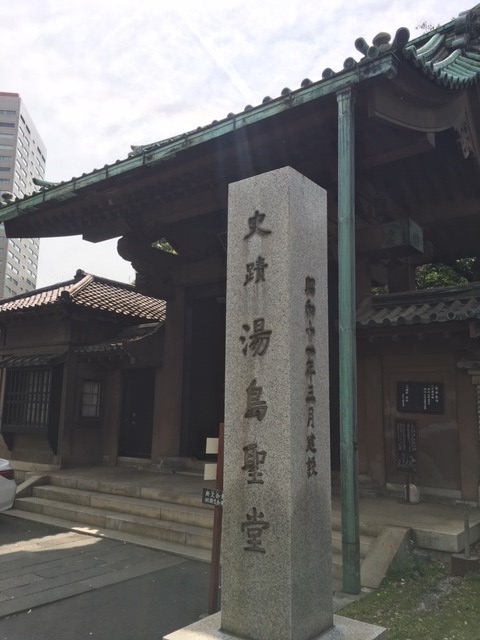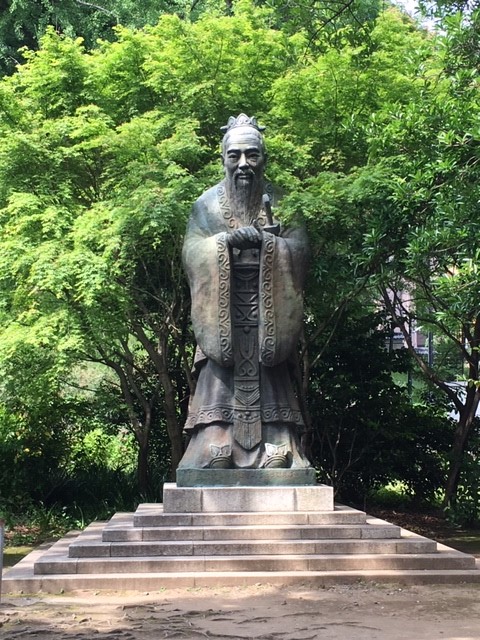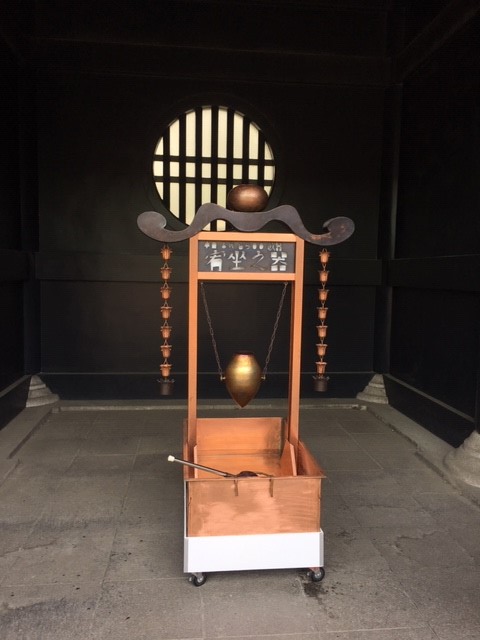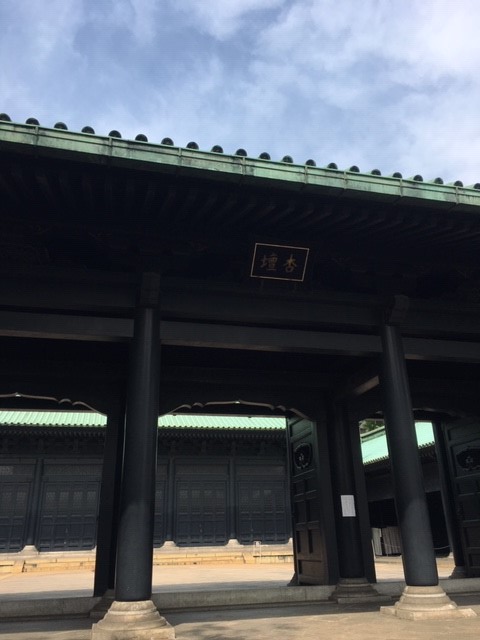Blog
2019.05.29
Kanda
Kanda – a Mecca for education in the Edo era
The Edo era (starting from 1600) had lasted for around 265 years as a time of peace following the civil wars during the Sengoku era (1467-1600). The Edo-Bakufu, the military government at the time, being a stable and flourishing power also started to invest in study and education. Kanda was the very center for education in the Edo era. In this article, we will have a look into where education took place and what kind of things were taught.
Chinese style architecture
Very close to the Kanda Myojin Shrine we introduced in our first article that has a pure Japanese design, you can find the Yushima Temple a building in Chinese style. People that see it for the first time might wonder what kind of building it actually is.
The Yushima Temple was built as a governmental school by Tsunayoshi Shogun, the 5th governor of the era. As the building was destroyed by fires and earthquakes several times the one we can currently see is the one reconstructed back in 1935 keeping the original style of the Edo era.

The teachings taught there were of Confucius, a Chinese philosopher, who was concerned with general courtesy/manners & political philosophy that was related to ethics. It can be assumed that the teachings were adjusted to be in conformity with the governing framework of the Edo era.
The Confucius statue in the Yushima Temple
The Confucius statue standing in the Yushima Temple is said to be the largest one in the world. It has been donated by Lion’s Club from Taiwan and has a smiling and friendly facial expression. They say that Confucius had as many as 3,000 disciples.

The Confucian concept of “moderation”
In the temple, there is a small yet quite interesting device called Yûza no ki shaped in a pot manner. This tool shown in the picture below is a representation of the Confucian teachings about “moderation”.

The concept of moderation indicates the state of being in balance when nothing is missing and nothing is redundant. If the object in the photo contains just the right amount of water, it is stable and straight, but if there is too little water, it tilts and becomes unstable. Of course, if you add too much water, it also tilts and the water is poured out at the end.
There are similar philosophical ideas in Europe and America. We do not know whether the concept of moderation invented by Confucius describes the same idea as, for example, the concept of moderation as taught by Aristotle, but it is certainly a good idea to pause during a visit to the Yushima Temple and try to reflect on the concept of moderation.
The Yushima Temple as a sacred place of learning
During the time of entrance exams, many applicants visit the Yushima Temple to follow the example of the sages of wisdom. Therefore a lot of Ema (a wooden plate where you write down a wish) can be seen hanging on Kyôdanmon, the temple gate. This is a place you should definitely visit when facing the challenges of an exam.

In the Edo era, not only the Edo-Bakufu but also each domain was committed to improving their academic ability. In every domain, there were also so-called hankô (samurai schools), and nationwide the emergence of schools for primary scholars called temple schools could be observed. At the Yushima Temple, the emphasis was on Confucianism, but in the edo era other subjects also developed as applied sciences. Here less emphasis was placed on theory but rather on the benefits for social life. This applied, for example, to rangaku (medicine), honsôgaku (botany/pharmacy) and reading, writing, and soroban (arithmetic) at a primary school level, as taught in the temple schools.
Along with the fact that the times of war turmoil had long since passed, the importance of education also increased for the samurai class, which provided the ruling elites in the Edo era. But this also led to the fact that form and style played a more important role in martial arts than practice. This development resulted in numerous martial arts schools (dôjô). In the next article about Kanda, we would like to tell you more about these historical schools that still exist to this day in Kanda.
As a company located in Kanda transeuro would like to tell our readers about the fascination of this place that is just one train station away from the Tokyo main station.
You can experience a totally different Japan just by riding the train for one station. Make sure to come to visit if you have the chance.
Similar Posts
[jetpack-related-posts]



Leave a Reply